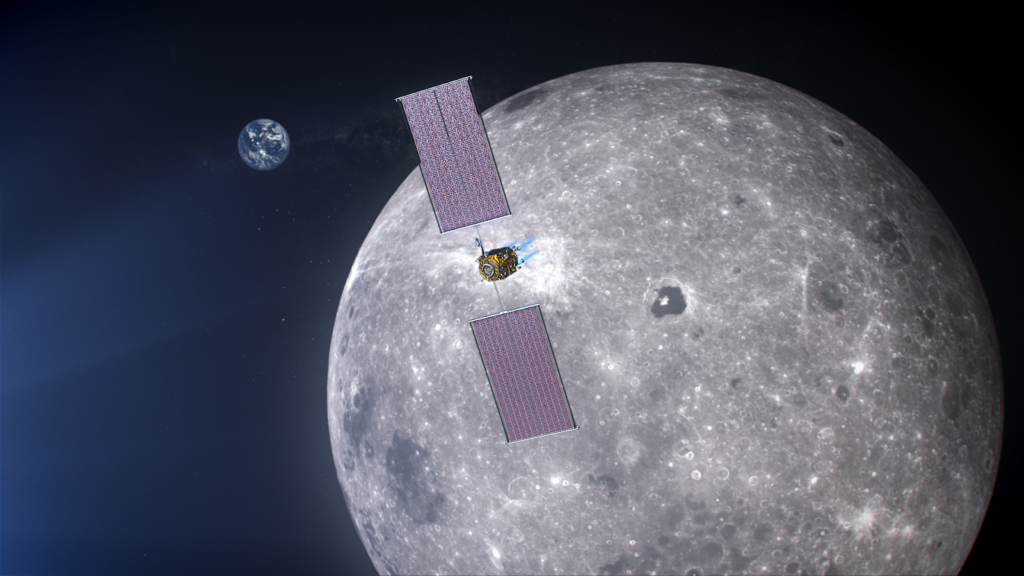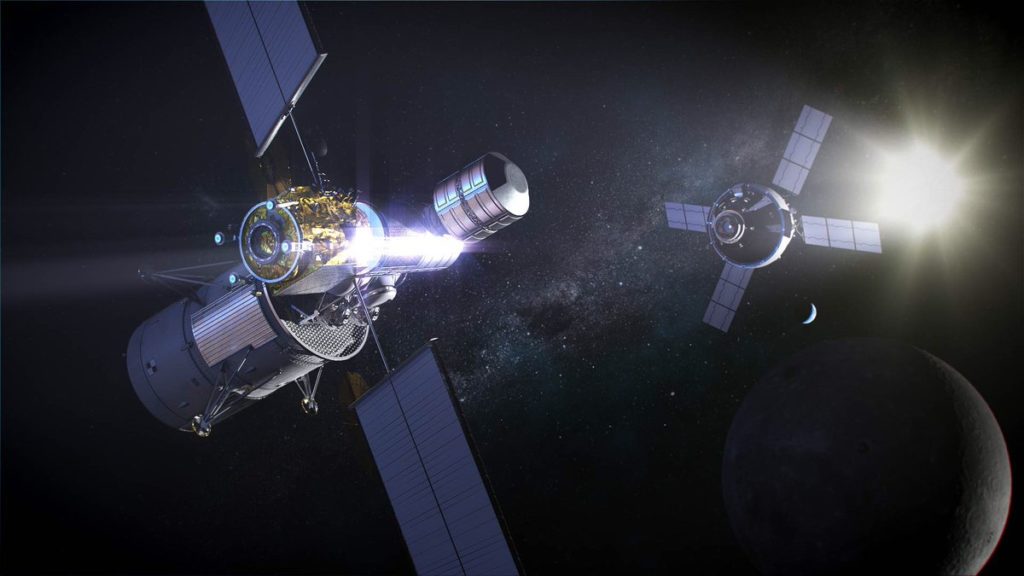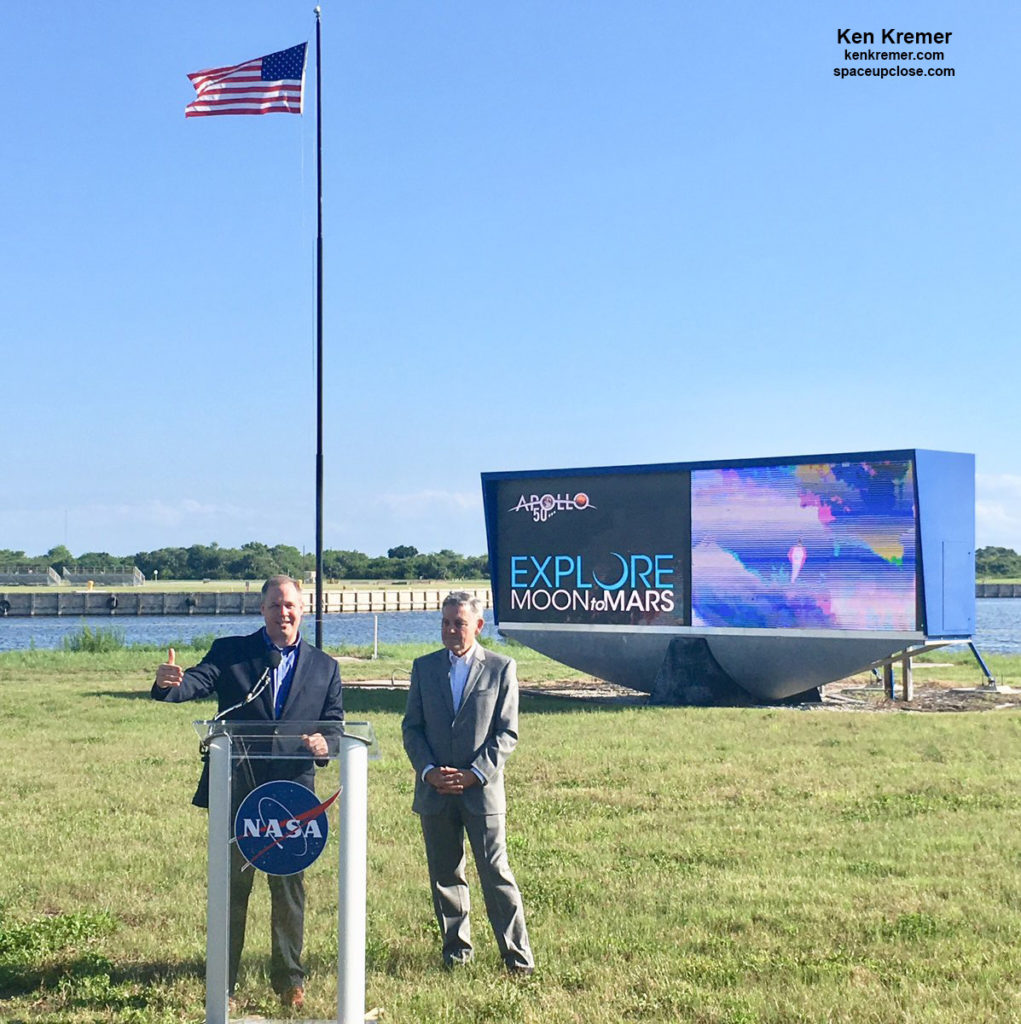Kremer — SpaceUpClose.com &
RocketSTEM – 24 May 2019
SPACE CENTER, FL – NASA Administrator Jim
Bridenstine announced that Maxar
Technologies has been chosen to build the first element of the Artemis programs
Lunar Gateway
project – namely the Power and Propulsion Element or PPE – that will power the future lunar orbiting mini
station.
“The power and propulsion element is the
foundation of Gateway and a fine example of how partnerships with U.S.
companies can help expedite NASA’s return to the Moon with the first woman and
next man by 2024,” said NASA Administrator Jim Bridenstine during a May 23 speech at the Florida Institute of Technology, Melbourne, FL.
“It will be the key component upon which we will
build our lunar Gateway outpost, the cornerstone of NASA’s sustainable and
reusable Artemis exploration architecture on and around the Moon.”
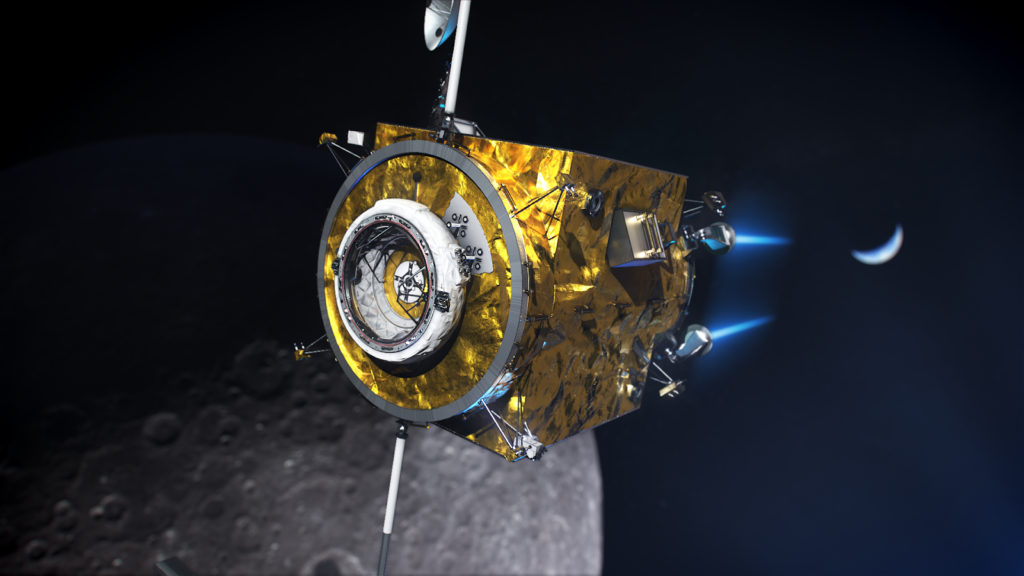 |
|
The power and propulsion
element of NASA’s Gateway is a high-power, 50-kilowatt solar electric propulsion spacecraft – three times more powerful than current capabilities. Credits: NASA |
build our lunar Gateway outpost, the cornerstone of NASA’s sustainable and
reusable Artemis exploration architecture on and around the Moon.”
The PPE will serve as a communications relay reusable
command and service module where astronaut crew flying in NASA’s Orion deep
space capsule can dock on their way to the lunar surface and back, Bridenstine said during remarks
at NASA’s Kennedy Space Center on May 23, attended by Space UpClose.
Furthermore the PPE enables landings on all
areas of the moon including the lunar south pole for Project Artemis whereas
NASA’s Project Apollo was limited to more equatorial regions.
NASA’s firm-fixed price contract with Maxar,
formerly SSL, in Westminster, Colorado, is valued at $375 million.
The PPE module is scheduled for launch by late
2022 on a commercial rocket that is yet to be selected.
NASA can significantly cut cost by using
commercial providers for both hardware and launch services.
“The power and propulsion element is
a high-power, 50-kilowatt solar electric propulsion spacecraft – three times more powerful than current
capabilities,” according to NASA.
“As a
mobile command and service module, the Gateway provides a communications relay
for human and robotic expeditions to the lunar surface, starting at the Moon’s
South Pole.”
Initially the PPE will be fully owned and
operated by Maxar for up to 1 year, said Bridenstine.
the spacecraft for use as the first element of the Gateway.
NASA is also in the process of contracting for
the second Gateway element – a small habitation and utilization module with
multiple docking ports.
“Charged with returning to the Moon within five
years, NASA’s lunar
exploration plans are based on a two-phase approach: the first
is focused on speed – landing on the Moon by 2024 – while the second will
establish a sustained human presence on and around the Moon by 2028. We then
will use what we learn on the Moon to prepare to send astronauts to Mars.”
onsite coverage of NASA, SpaceX, ULA, Boeing, Lockheed Martin, Northrop Grumman
and more space and mission reports direct from the Kennedy Space Center, Cape
Canaveral Air Force Station, Florida and Wallops Flight Facility, Virginia.
Planetary science and human spaceflight news: www.kenkremer.com –www.spaceupclose.com – twitter @ken_kremer
– email: ken at kenkremer.com
KSC area, active in outreach and interviewed regularly on TV and radio about
space topics.
Ken’s photos are for sale and he is available for lectures and outreach events
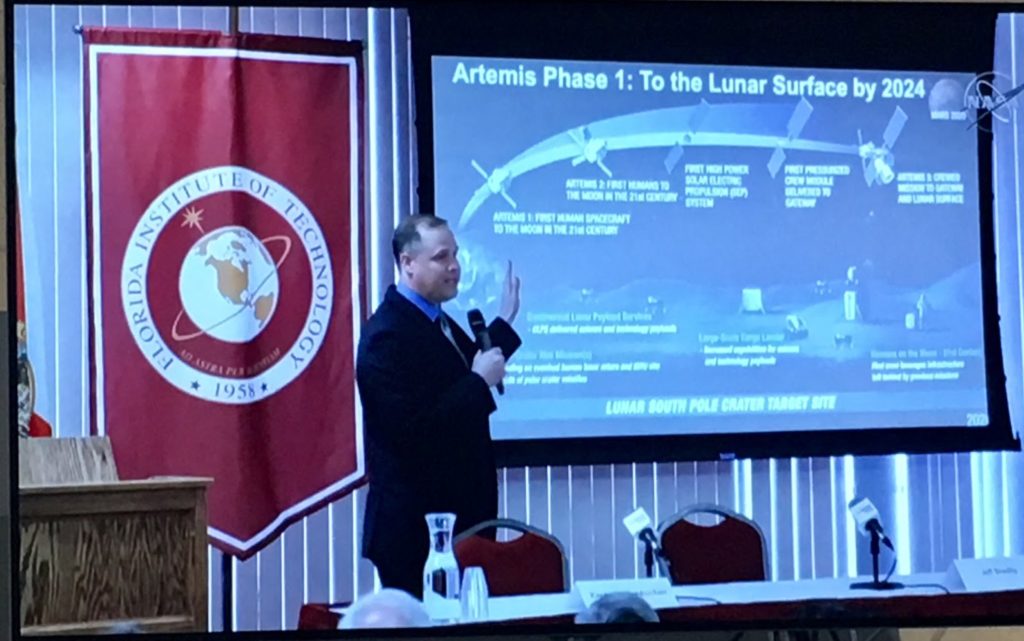 |
|
NASA Administrator Jim Bridenstine outlines
NASA’s lunar gateway and PPE element at FIT on May 23, 2019. Screenshot Credit: NASA/ Ken Kremer/kenkremer.com/spaceupclose.com |


